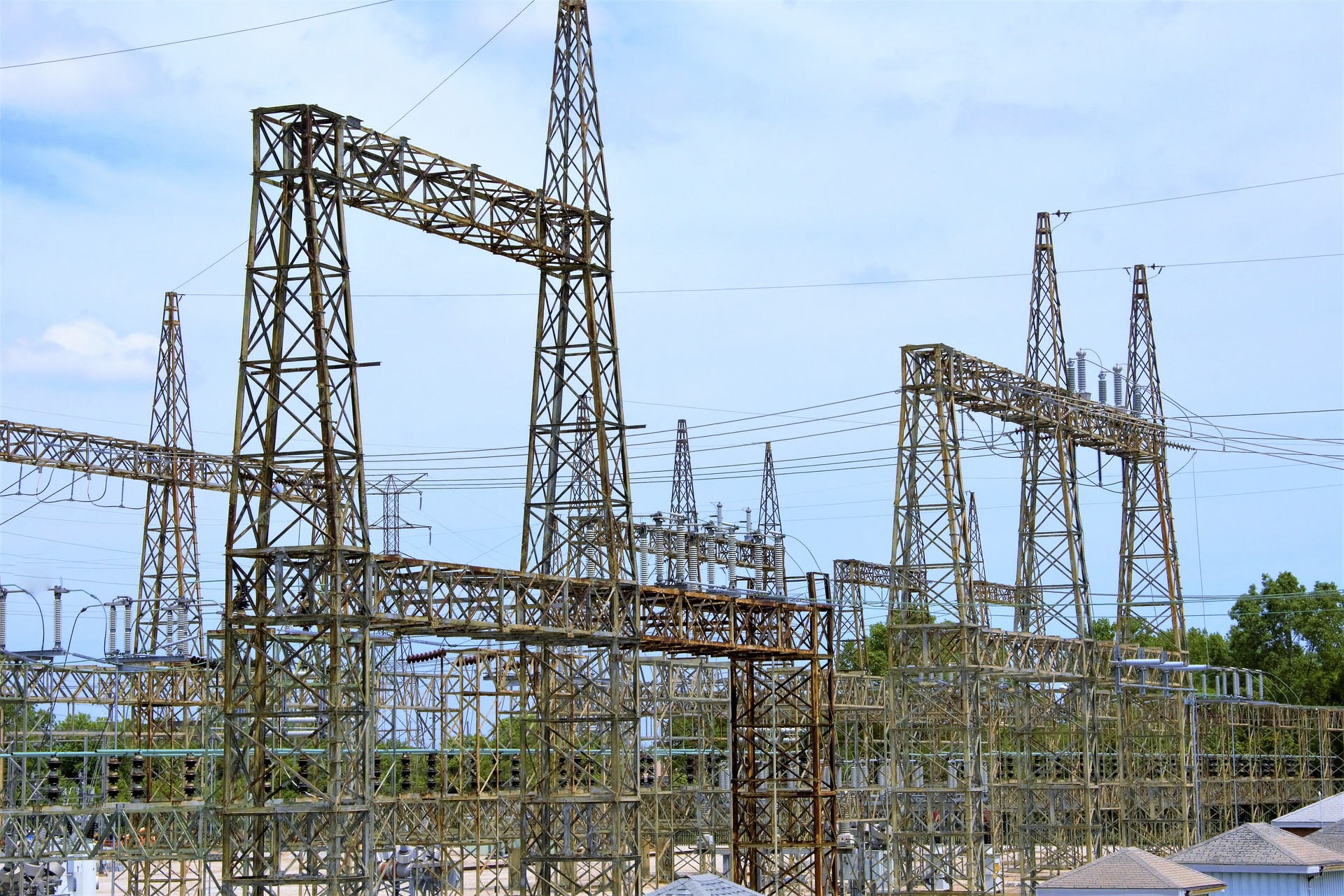Recently the Texas State Congress has been advancing a bill aimed at increasing “resiliency” to the ERCOT power grid. This is a direct response to the widespread power plant outages suffered during Winter Storm Uri in February 2021. The bill calls for 10,000 megawatts of natural gas fired power plants to be built using taxpayer money to finance construction. Bill sponsor Charles Schwertner has likened the idea to a “backup generator” for the Texas power grid.
On the surface this sounds like a very practical idea and somewhat akin to the Exergy business model. In times of operational distress, call on the backup generator and continue operations. However, the bill fundamentally misunderstands the structure of the ERCOT competitive market.

ERCOT is unique in its market structure relative to other competitive electric markets. Most of the deregulated power markets in the US operate under what is referred to as a capacity market. The key feature of a capacity market is a capacity payment paid to power plants in exchange for their participation in the market. Essentially, it amounts to a base payment that covers a lot of the power plant’s fixed expenses. ERCOT has no such market construct. The bulk of the power plants earnings are made on the actual power produced and sold, referred to as “energy-only”.
Pricing in ERCOT is volatile by design, it is a feature not a bug. ERCOT is structured in a way that a power plants earnings are disproportionately tied to a few hours, across a few days, a few times a year. Most of the time margins are quite slim and it’s only during scarcity events when power prices really pay off. The biggest problem with an energy only market is if there is no market volatility, generators will not make money and exit the market.
This bill poses the question of what constitutes back up. In the case of Winter Storm Uri, firm load demand was shed as a last resort in response to a massive loss to the ERCOT generation fleet. However, volatile pricing events driven by power scarcity happen all the time. It doesn’t mean ERCOT will need to shed firm load to save the grid. Would these back up generators only be deployed in the event of firm load shed and not simply common/necessary power scarcity? There have been very few events when regulators have had to rely on massive firm load shed to save a power grid and most of it has been caused by instability on the transmission system. In that case this bill would amount to little more than an insurance policy which will likely never be used and cost the Texas ratepayer upwards of $12 billion.
Fortunately, the market incentives are already in place for better alternatives. Utilizing distributed energy resources (DERs) such as solar, batteries, and of course, on site backup generators. New power plants are generally built to service that last megawatt of demand needed on the highest demand days. In ERCOT, that’s late afternoon in the summer when air conditioners are running hard. If DERs could operate during those few hours on those big days, it could shave off the grid peak demand and push out years before the next new major power plant is needed. Effectively creating a virtual power plant.
The ERCOT free market has encouraged participation in innovative programs like demand response and distributed energy resources. Exergy aims to utilize these incentives for our clients. While regulation is a necessary component, Texas regulators need to embrace the free-market capitalism that is a hallmark of the state. True, ERCOT’s free market design left it vulnerable during Uri as power plant developers had no incentive to spend millions extra winterizing a fleet in a moderate climate. Regulation has stepped in and mandated winterization as necessary for reliability. The ERCOT free market has led to the greenest power grid in the nation, offering some of the most innovative products. Its ability to adapt and change through market incentive could allow ERCOT to lead the way. If regulators can tread carefully, ERCOT has the potential to be the model for a green, reliable, and cost-effective power grid.
